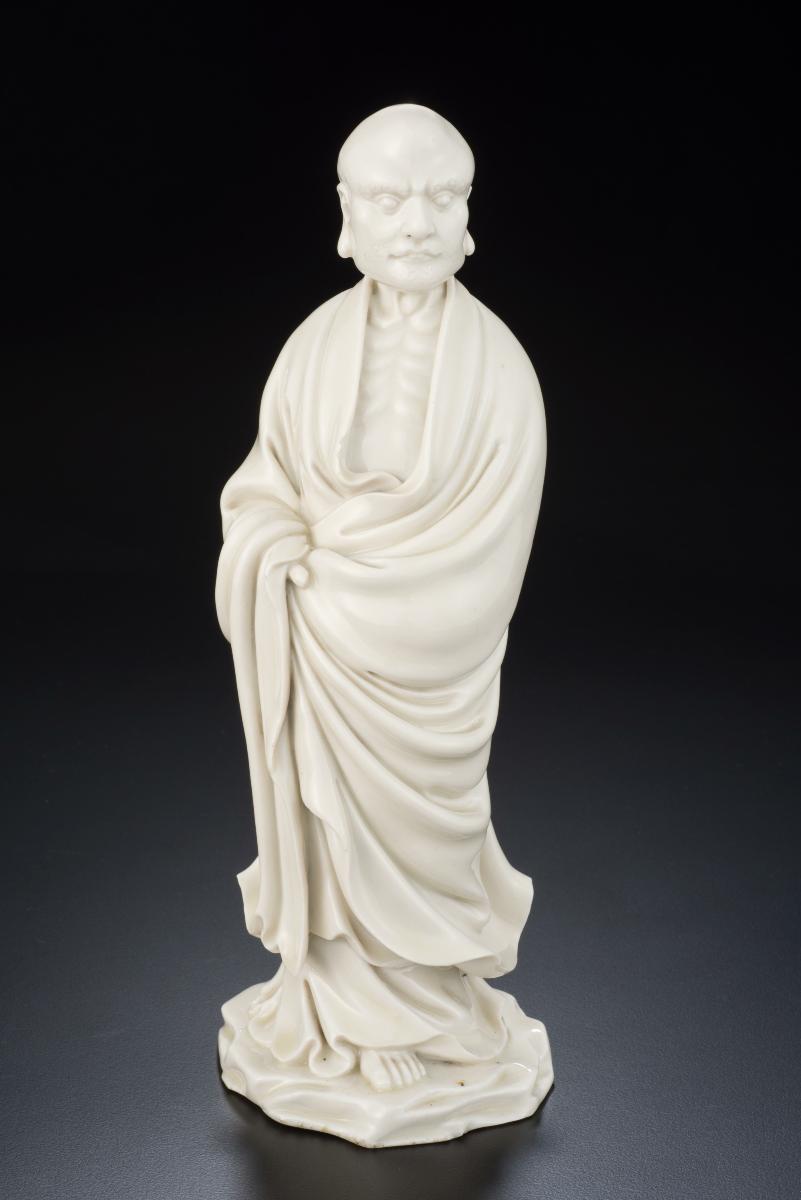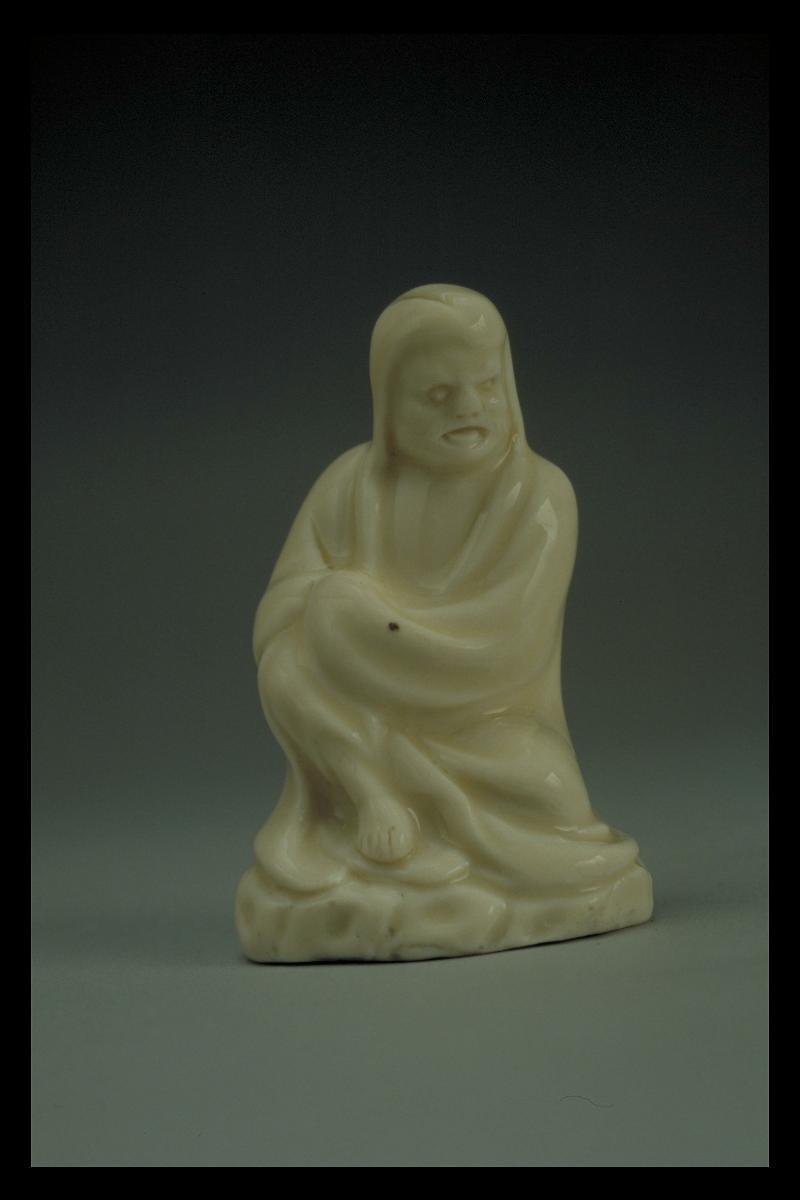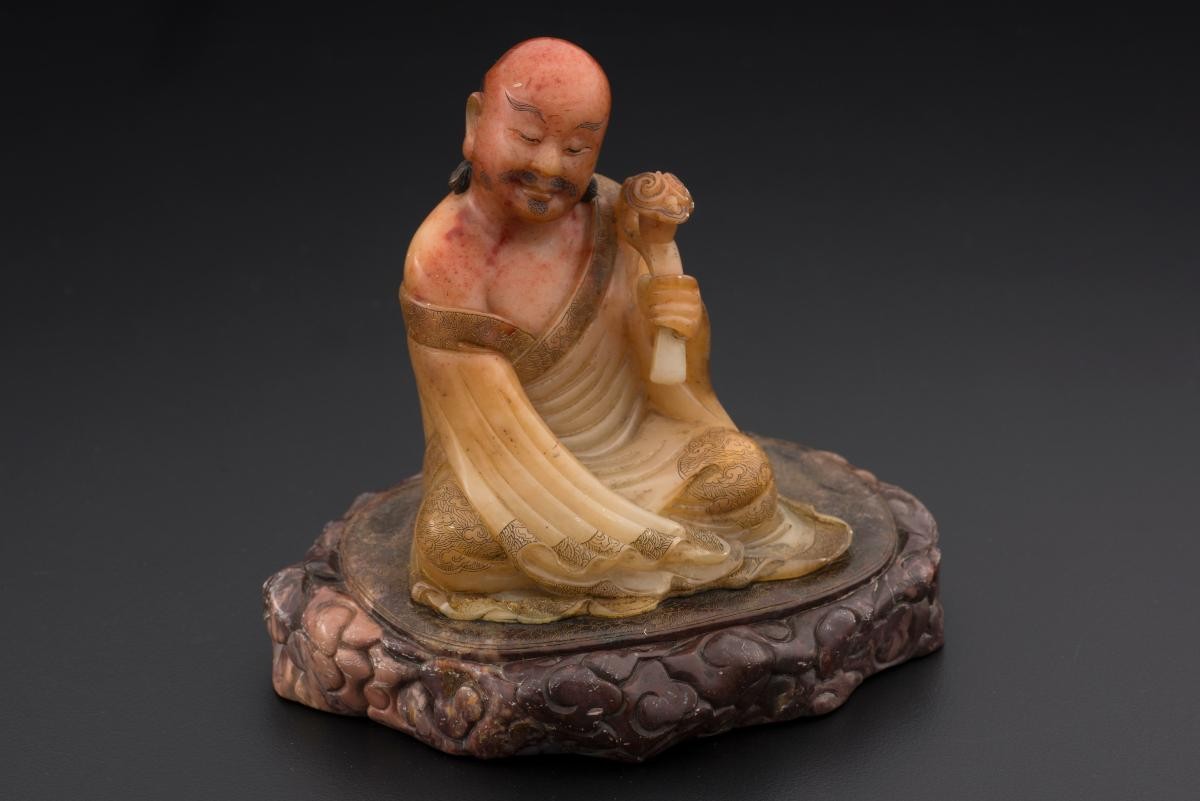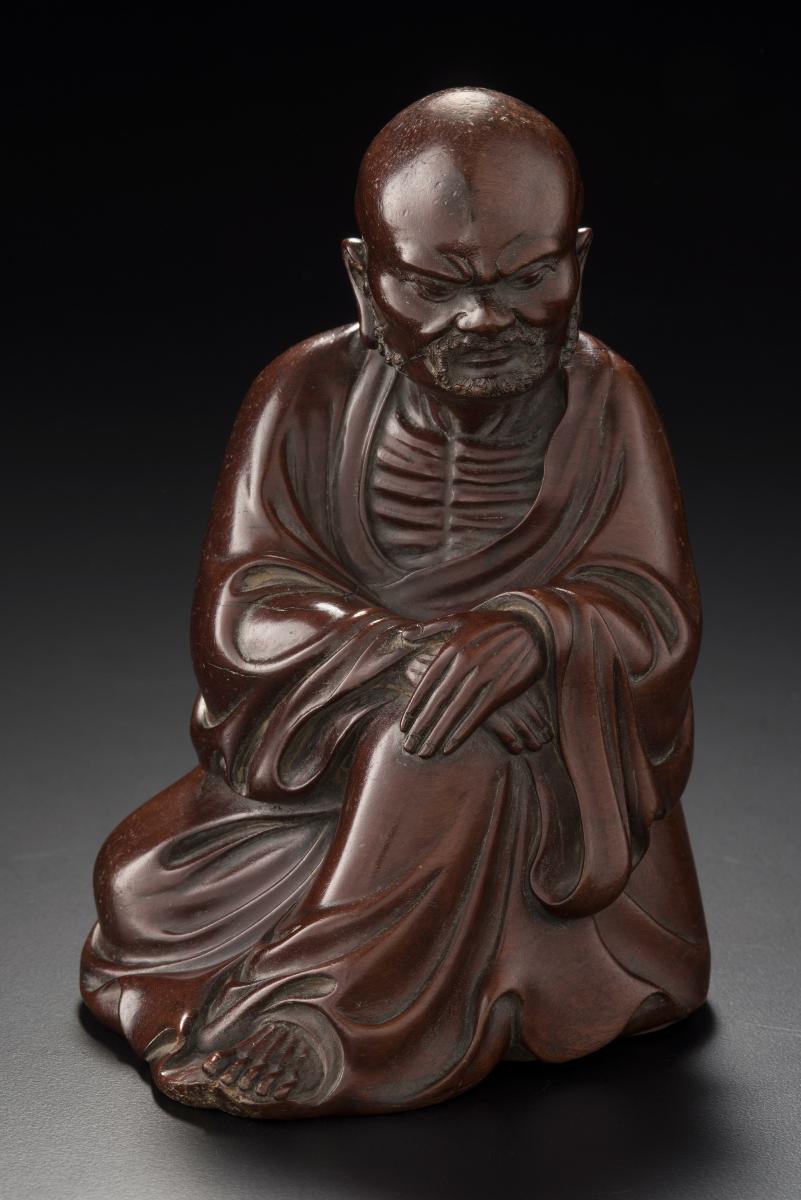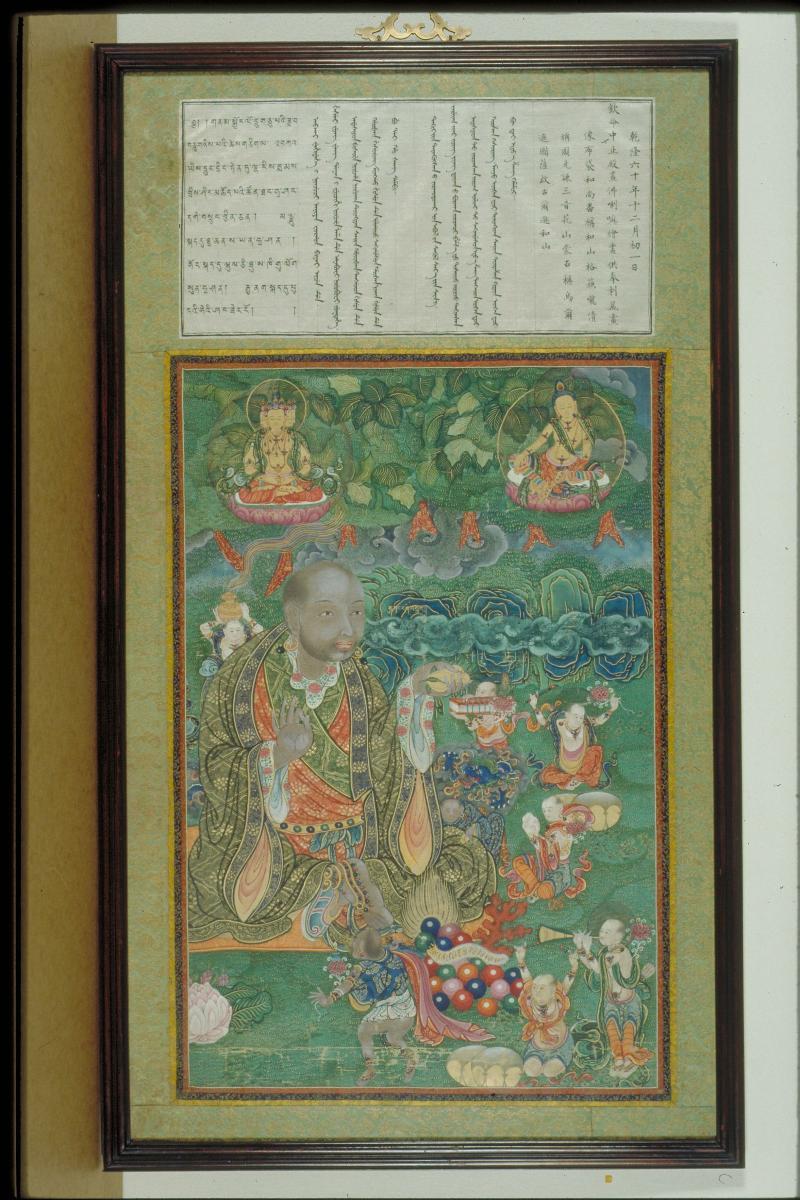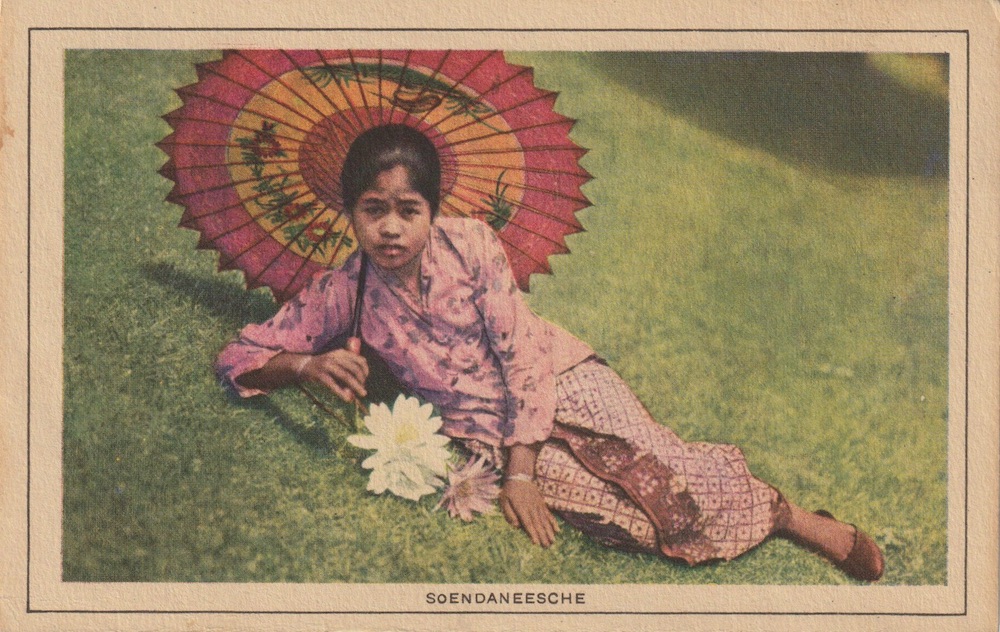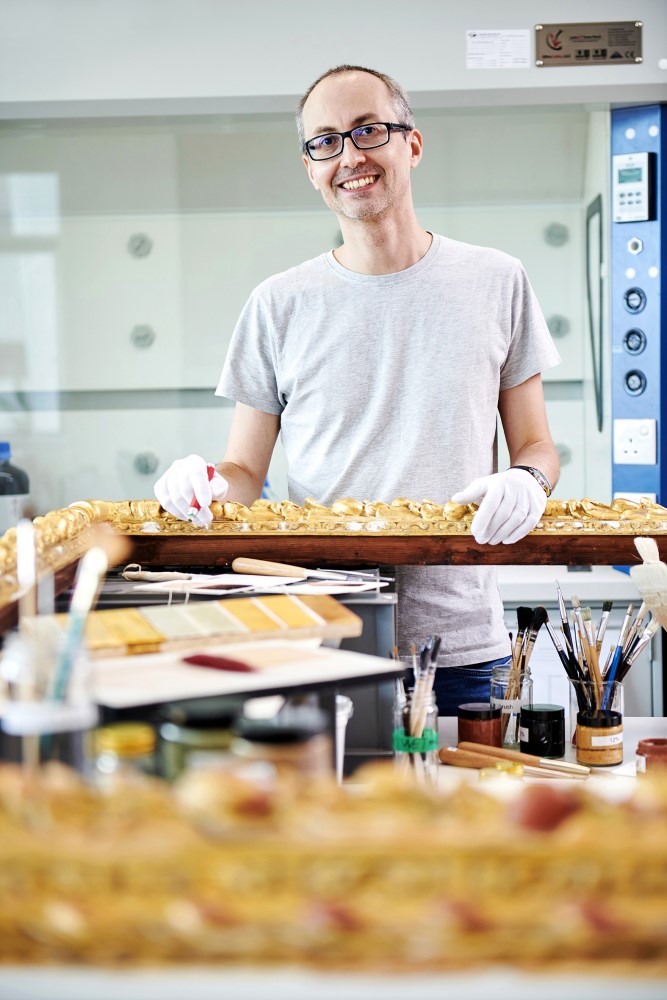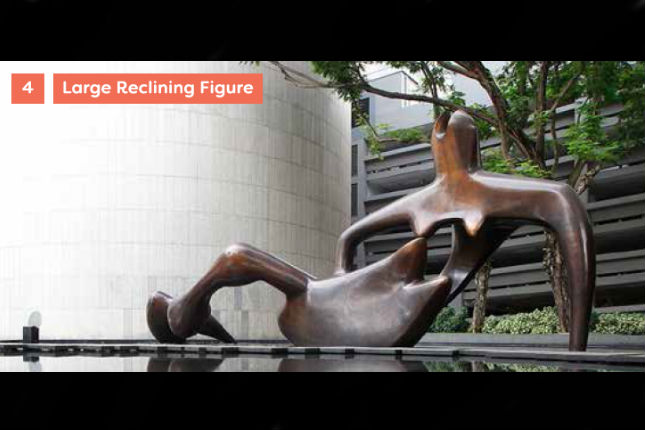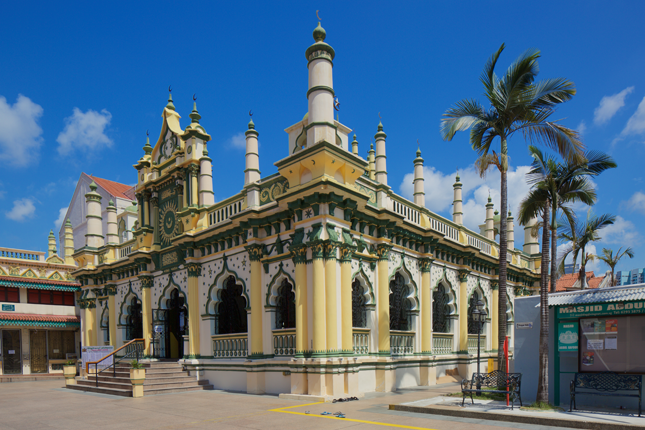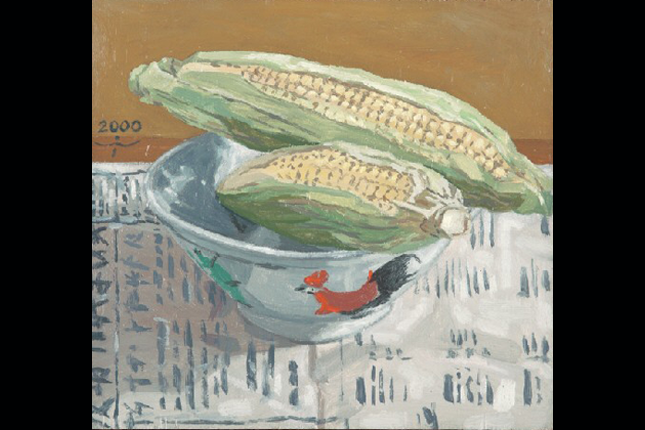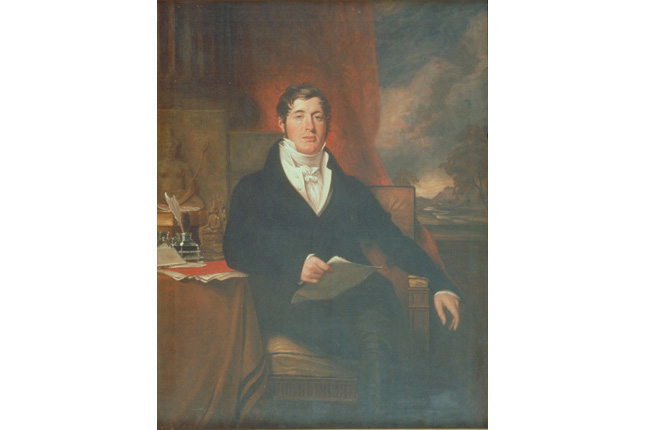This simple depiction of a standing luohan with an emaciated body and penetrating gaze consists almost entirely of loosely gathered robes. The finely incised curling beard, eyebrows and other facial features are just visible under the thick greenish toned glaze. Luohan or arhat as they are referred to in the Indian Buddhist Sanskrit texts, were the disciples of Buddha. By the 5th century there were sixteen luohans in the Chinese Buddhist pantheon. By the Tang dynasty (618-907), the group numbered eighteen, each of whom was believed to have a special supernatural power. They were usually depicted along the walls of the temple entrance halls.Dehua, located on the southeast coast of Fujian province, is well known for its production of white porcelain, known to Europeans as 'blanc de Chine'. The earliest Dehua porcelain was produced as early as the 14th century but the production and quality of these porcelain peaked around the 17th and 18th centuries.




